MTT Safaris is listed in the JW’s Travel Directory for women-friendly tours, retreats, and accommodations.
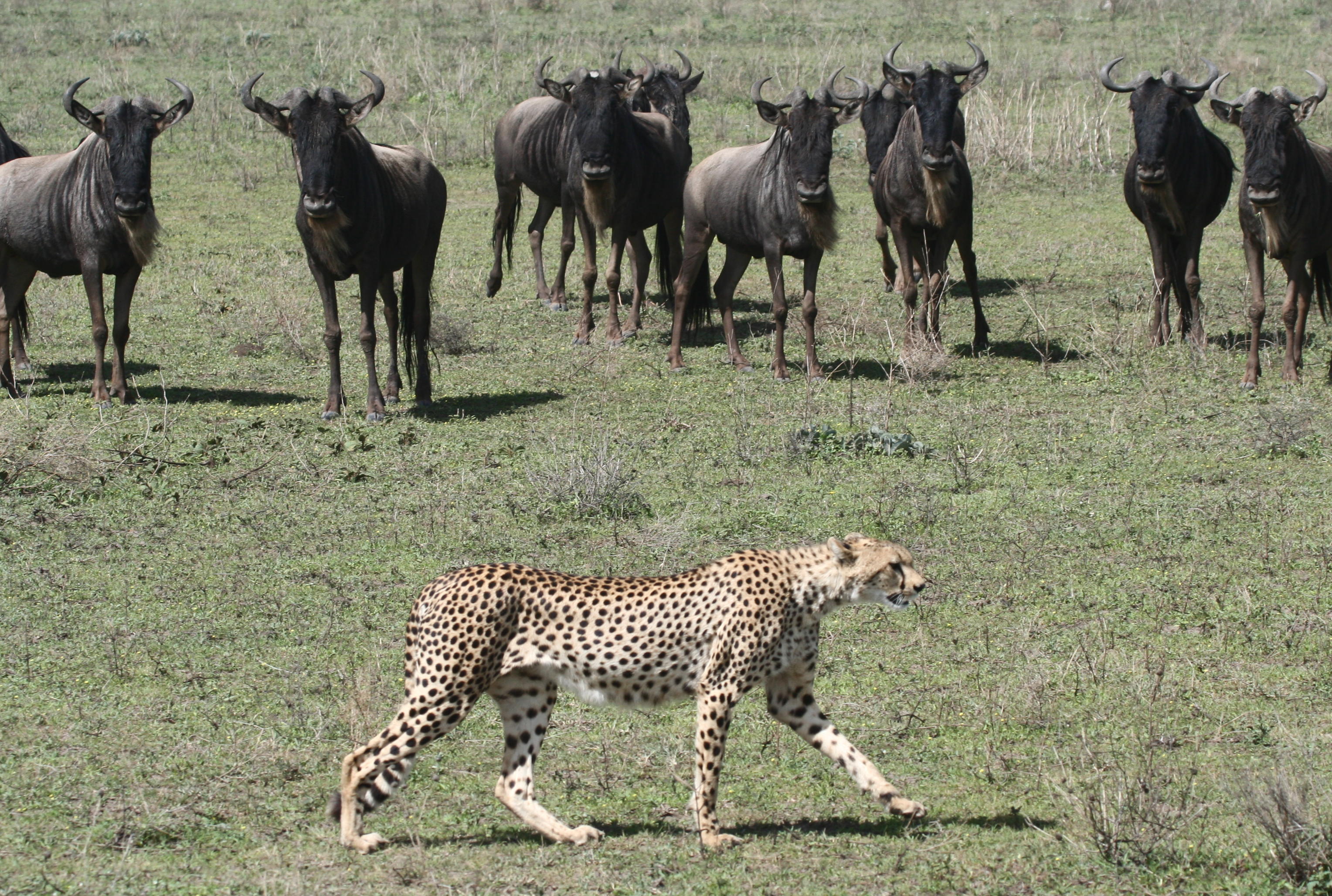
East Africa is where my love affair with African wildlife began. Over the last 24 years, I have been fortunate enough to see Northern Tanzania’s famous wildebeest migration many times, at both of its best times – January through March in the Southern Serengeti National Park and Ngorongoro Conservation Area, and August-September in the Northern Serengeti when the herds cross the Mara River between Kenya and Tanzania. Safaris have changed dramatically in Tanzania since my introduction all those years ago. The sheer number of people who go on safari there has affected its reputation as a destination among safari aficionados. But there are excellent reasons for Tanzania’s enormous popularity. The Serengeti and Ngorongoro Conservation Area offer spectacular wildlife and scenery and have earned their designations as UNESCO World Heritage sites. Tanzanian culture – warm, polite, hospitable, iconic – also makes this country a must-experience in your lifetime.
I don’t get back to Tanzania enough. But I am going in 2024. Join me for my ten-day small group departure, scheduled for mid-August which focuses on the Northern Serengeti and the migration river crossings when the gathered wildebeest cross the Mara River between Tanzania and Kenya. Most road trips through Northern Tanzania backtrack on the only route linking the Ngorongoro Conservation Area and the vast areas of the Serengeti. We undertake something different. Beginning in Arusha, we will follow a circular route which has as its first stop the often bypassed Lake Natron with its magnificent Rift Valley scenery, Mount Lengai, the Maasai’s holy mountain and Tanzania’s remaining live volcano, and all-year round flamingo breeding grounds. From Natron, we travel across the Loliondo Game Management Area to enter the Northern Serengeti through its back door. We stop in the Central Serengeti and the Ngorongoro Crater on the way back to Arusha.
The group size is restricted to six people so we can travel in one extended Land Cruiser with a pop-up roof for game viewing. (If we open to more than 6 paxs, then we move to two vehicles.) Accommodation level is comfortable and considered mid-range to upper mid-range in price. Rooms can be twin/double share or single occupancy. A single supplement will apply.
Email for the itinerary and costs.
Code for JourneyWomen: JWNTZ24
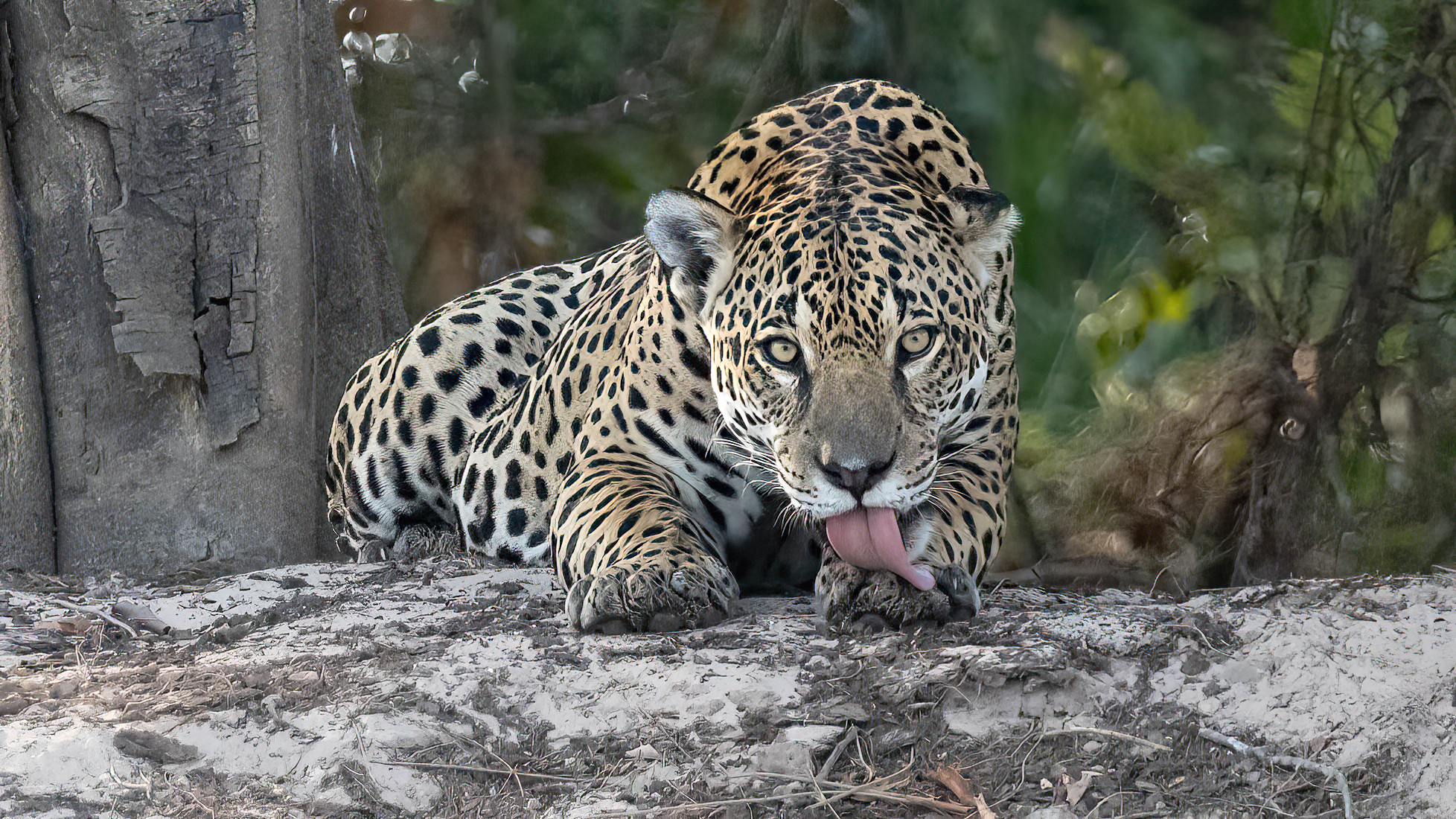
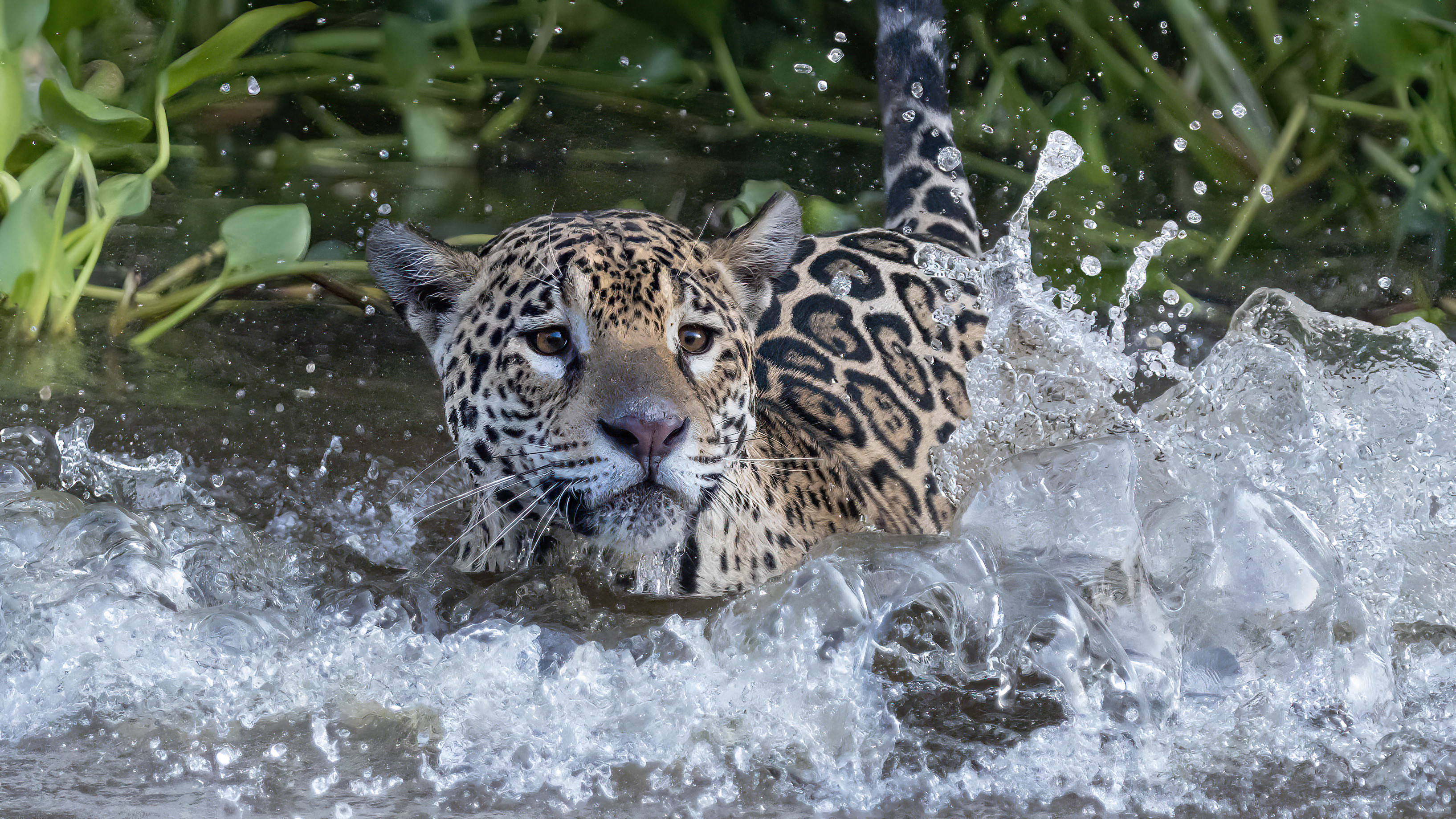
The Pantanal is the world’s largest flooded grassland. Spilling over into Bolivia and Paraguay, the majority of these flooded savannahs lie within Brazil. Part national park and part UNESCO World Heritage site, the Pantanal hosts the highest concentrations of South America’s wildlife. Its alpha predator is the jaguar, the world’s third largest cat after tigers and lions. Jaguars look like Africa’s and Asia’s leopards, but their spots are more complex and often with a dot in the middle; and unlike leopards, they are active during the day which makes boat trips into the Pantanal’s waterways so unique. It is likely that you will see these water-loving cats hunting their preferred prey of Caimans – alligator-like reptiles – and Capybaras, 77 kilogram rodents. Although jaguars are the undisputed highlight of the Pantanal, these wetlands also provide excellent opportunities to see Giant Anteaters, Capuchin and Howler monkeys, Anacondas, Tapirs, Giant River Otters, and Marsh Deer.
The Pantanal is divided into north and south, each of which must be accessed separately. The north is reached by the unpaved and raised “Transpantaneira Highway” which begins 1.5 hours’ drive south of Cuiabá City. After crossing 122 bridges over seasonally flooded grasslands, the Transpantaneira dead ends in the town of Port Jofre, the jumping off point for boats into Meeting of the Waters State Park and jaguar habitat. The south is reached by flying into Corumbá or Campo Grande and taking the unpaved road called Estrada Parque which cuts across it. The entire Pantanal is so large that Cuiabá City in the north is some 700 kms from Campo Grande in the south. The North Pantanal’s labyrinth of rivers is widely considered to be one of the best places to see jaguars.
Email for itinerary and costs.
In 2024, we have one room available for double or single occupancy.
Code for JourneyWomen: JWBrazil24
We will offer the Northern Pantanal again in July or August 2025 as a small group tour. Book your space now.
Code for JourneyWomen: JWBrazil25
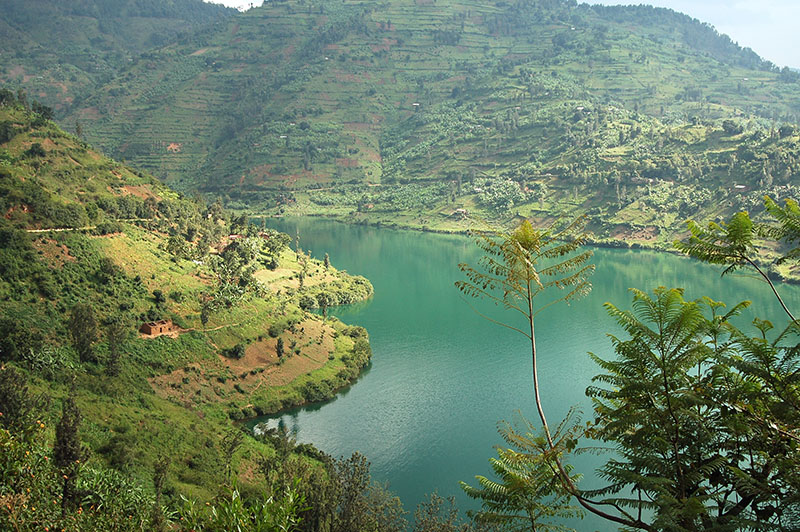

This tour can be adapted for two, four, and six people. MTT Safaris is happy to accompany your discrete group as Tour Leader should you require one. Additional charges apply.
What makes Rwanda Special? Referred to as the Land of a Thousand Hills, Rwanda is best known for Mountain gorillas, the most endangered of all the gorilla species, which live on the forested slopes of the Virunga Mountains in the country’s Parc National des Volcans, a mountain range which extends through Rwanda, Uganda, and the Democratic Republic of Congo. Half of the remaining numbers of Mountain gorillas are found in these mountains.
Parc National des Volcans, or Volcanoes National Park, is easily accessible from Kigali, Rwanda’s capital, in just three hours by road. These factors, along with Rwanda’s competent and organized handling of wildlife conservation and tourism overall, makes gorilla trekking in Rwanda a popular choice.
Rwanda has much to offer besides Mountain gorillas. Nyungwe Forest is the largest untouched montane forest left in Africa. Winding trails and waterfalls make it a wonderful place to hike, bird watch, and encounter primates other than gorillas, such as Colobus monkeys and chimpanzees. Part of Africa’s Great Rift Valley, Rwanda’s largest lake and sixth largest lake in Africa, Lake Kivu’s emerald-green waters are surrounded by mountains which are sculptured into terraced plots. The scenery is magnificent. Kivu is Rwanda’s largest lake and the sixth largest in Africa. This itinerary follows the Lake Kivu scenic route between Nyungwe Forest and Volcanoes National Parks.
This week-long Rwanda itinerary works well with other African safari destinations such as Tanzania, Kenya, or Zambia. RwandAir and Kenya Airways connect all three countries.
Email for itinerary and costs.
Code for JourneyWomen: JWRwanda24
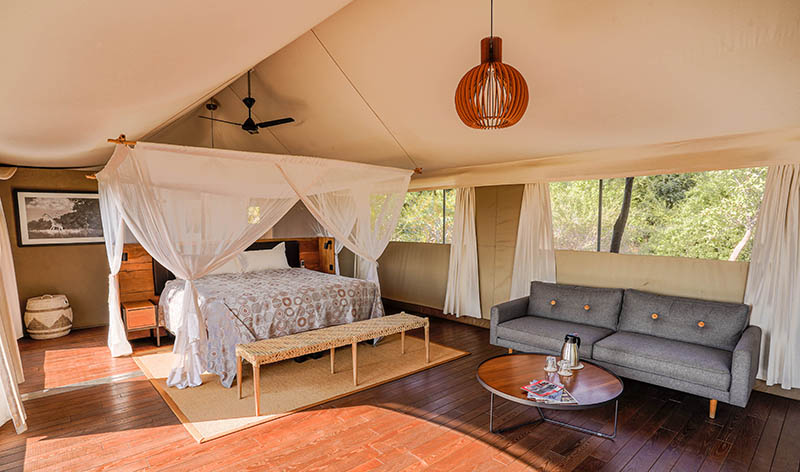
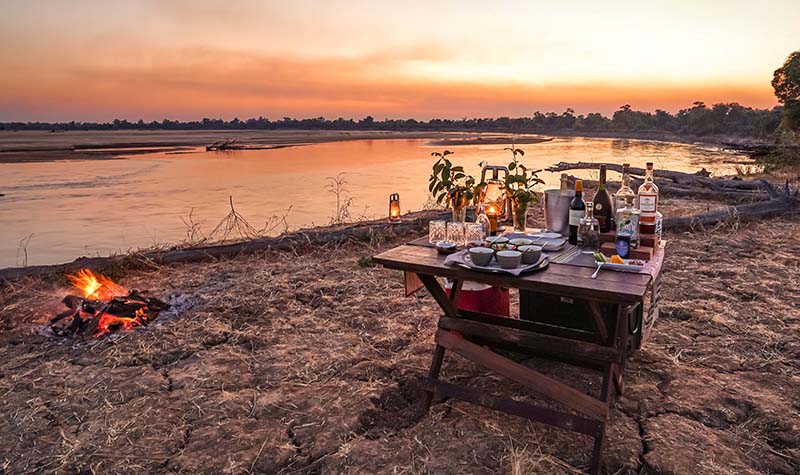
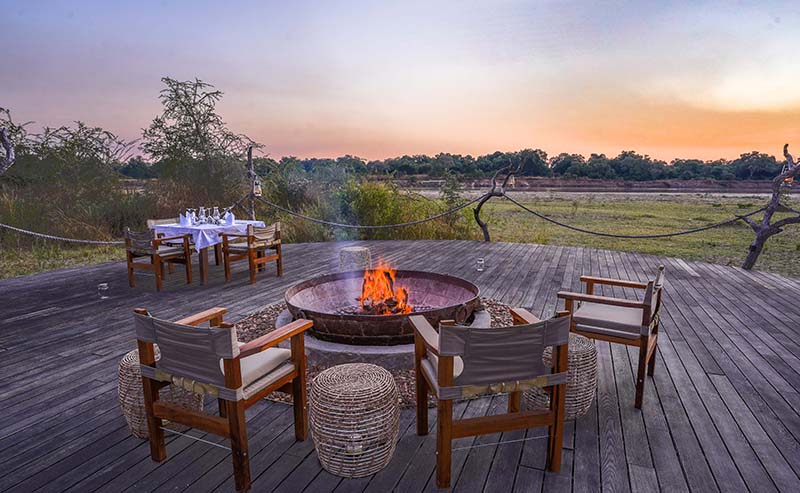
Those of us who live in Zambia or safari aficionados have known for a long time that Zambia is a special destination. Finally, the rest of the world has figure it out!
South Luangwa National Park is Eastern Zambia’s signature wildlife destination. It is often referred to as “Leopard Park” since it is home to one of the world’s highest naturally occurring population of this elusive cat. It is becoming increasingly known for Wild Dog sightings too. With huge herds of elephants and Cape Buffalo and large numbers of hippo in the Luangwa River, there is good reason why UK’s BBC places film crews in Luangwa every year.
Zambia is the birthplace of walking safaris dating from the 1950s. Since then, the strict guiding qualifications and thorough training has meant that walking safaris in Zambia offer consistently high standards. Miss a game drive in the vehicle and join an escorted walk with both guide and armed ranger to experience Africa at ground level.
The afternoon game drive stops at sunset so that guests can enjoy a gin and tonic and watch the gigantic sun slip below the horizon. (Sundowners in Zambia are a time-honoured safari tradition. So are bush lunches and dinners.) As the light fades quickly, the drive then segues into a night safari. Camps cannot guarantee that guests will return to the lodge on time for dinner because it this is the best time for lions and leopards to hunt.
Called Mosi-oa-Tunya in one of Zambia’s native languages, or “Smoke Which Thunders”, Victoria Falls is the world’s greatest sheet of falling water. The falls reach their peak water flow between March and early June, right after Zambia’s rainy season. Walk to the end of the falls on the Zambia side to see their continuation on the Zimbabwe side.
Chikunto Safari Lodge is a luxury lodge some 20 kms inside the park and away from the busier entrance area. It offers a stay of five nights/pay for four nights special in 2024 during Shoulder and Peak seasons. This is an offer you shouldn’t miss.
This itinerary is easily customized to suit your individual needs. Perhaps you have time to add another of Zambia’s wonderful national parks to the timeline such as Lower Zambezi or Kafue.
Shoulder Season rate: 01 Oct – 15 November, 2024
Cost per person, based on 2 paxs sharing: 4633 USD
Peak Season rate: June 01 – 30 September, 2024
Cost per person, based on 2 paxs sharing: 5433 USD
Single supplements of 30% of nightly accommodation rates apply
Price excludes local flights Lusaka – Mfuwe – Lusaka – Livingstone, an estimated 1000 USD pp
Type of Tour: Wildlife Conservation
Price Range: 4600 – 6000 USD
Occupancy Type: Prices are based on double occupancy
Partner Matching: No